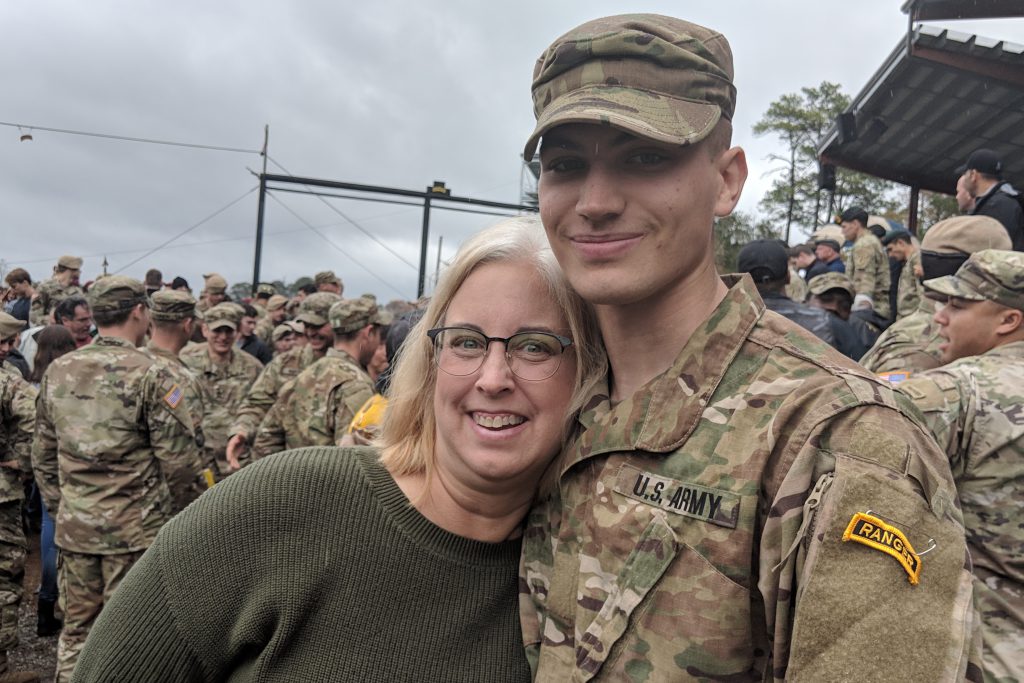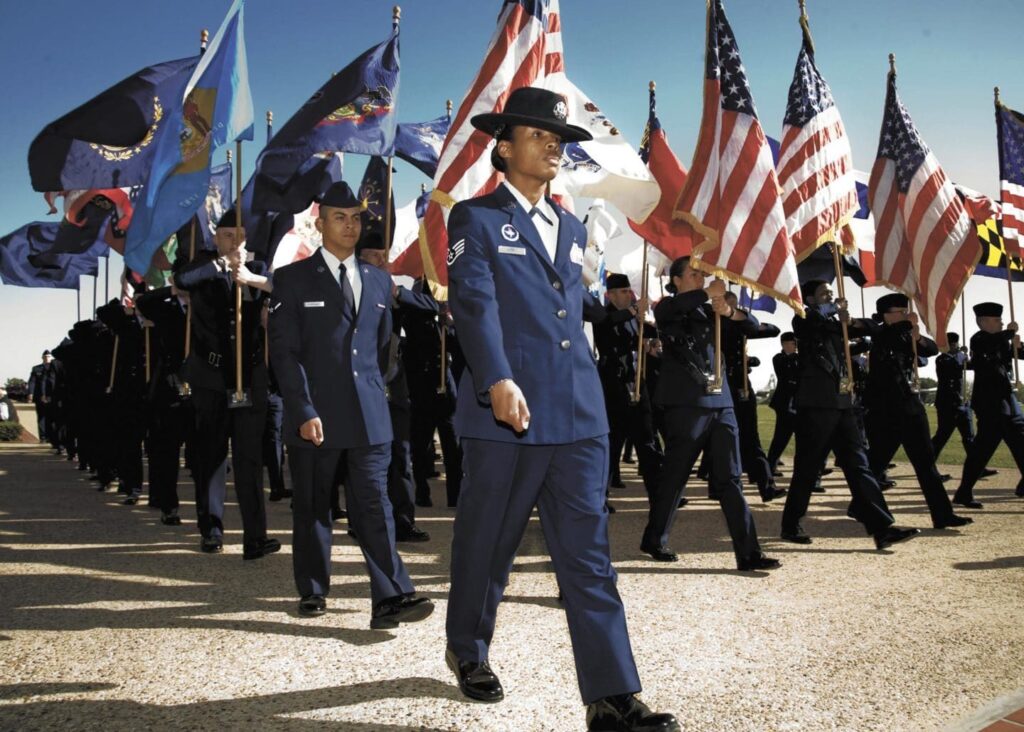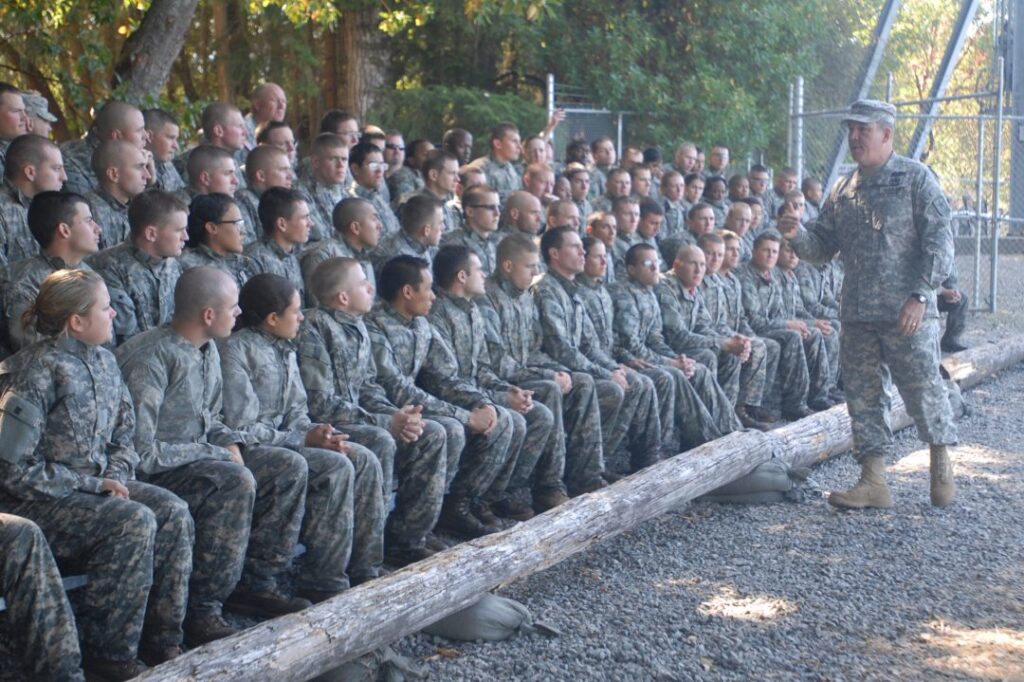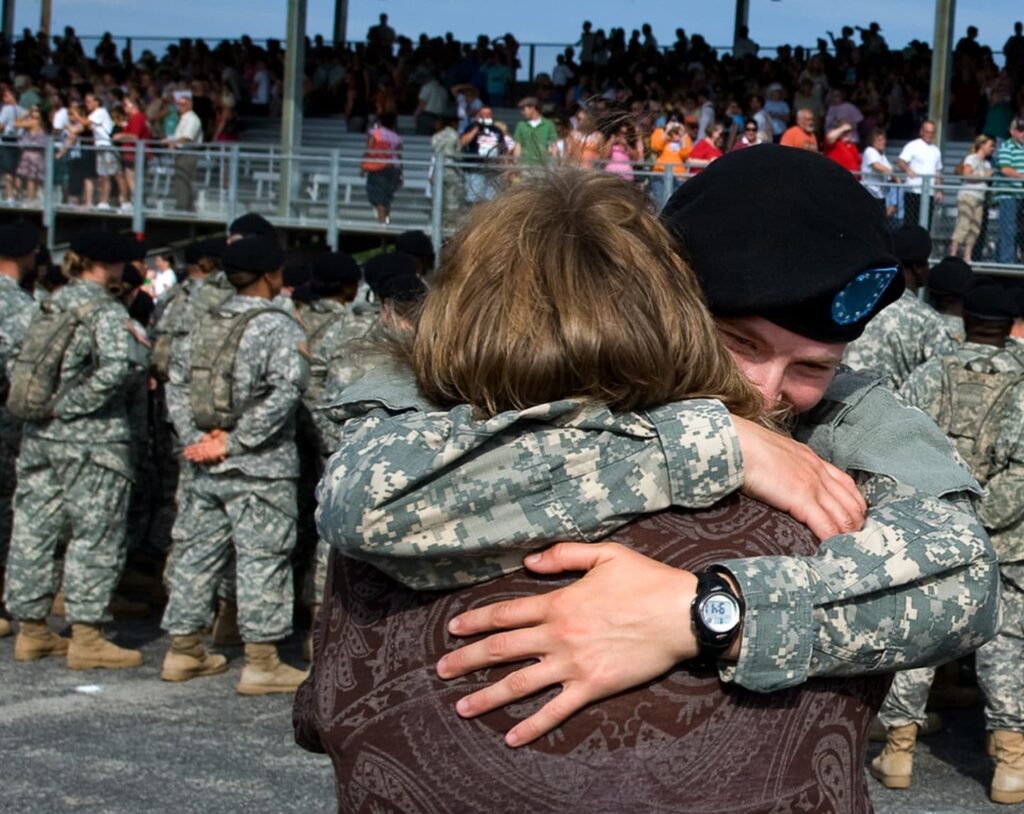One day, my soldier son called me from somewhere in the world. He was on his way to another training exercise. He said, “Just came from the DFAC and on my way to the AAF for a DRE.”
OK, what is going on here? My son only had a moment to talk so I didn’t want to take up his time by asking what all that meant!
Translation:
Just came from the dining facility (DFAC) and on my way to the Army Airfield (AAF) for a deployment-ready exercise (DRE).
You may have had similar talks with your son or daughter!
The Army has a language all its own based on abbreviations and acronyms. Your soldier son or daughter will be speaking this new language in no time. It may take you a minute to keep up.
To help you, here’s some common Army acronyms you might hear your soldier say.
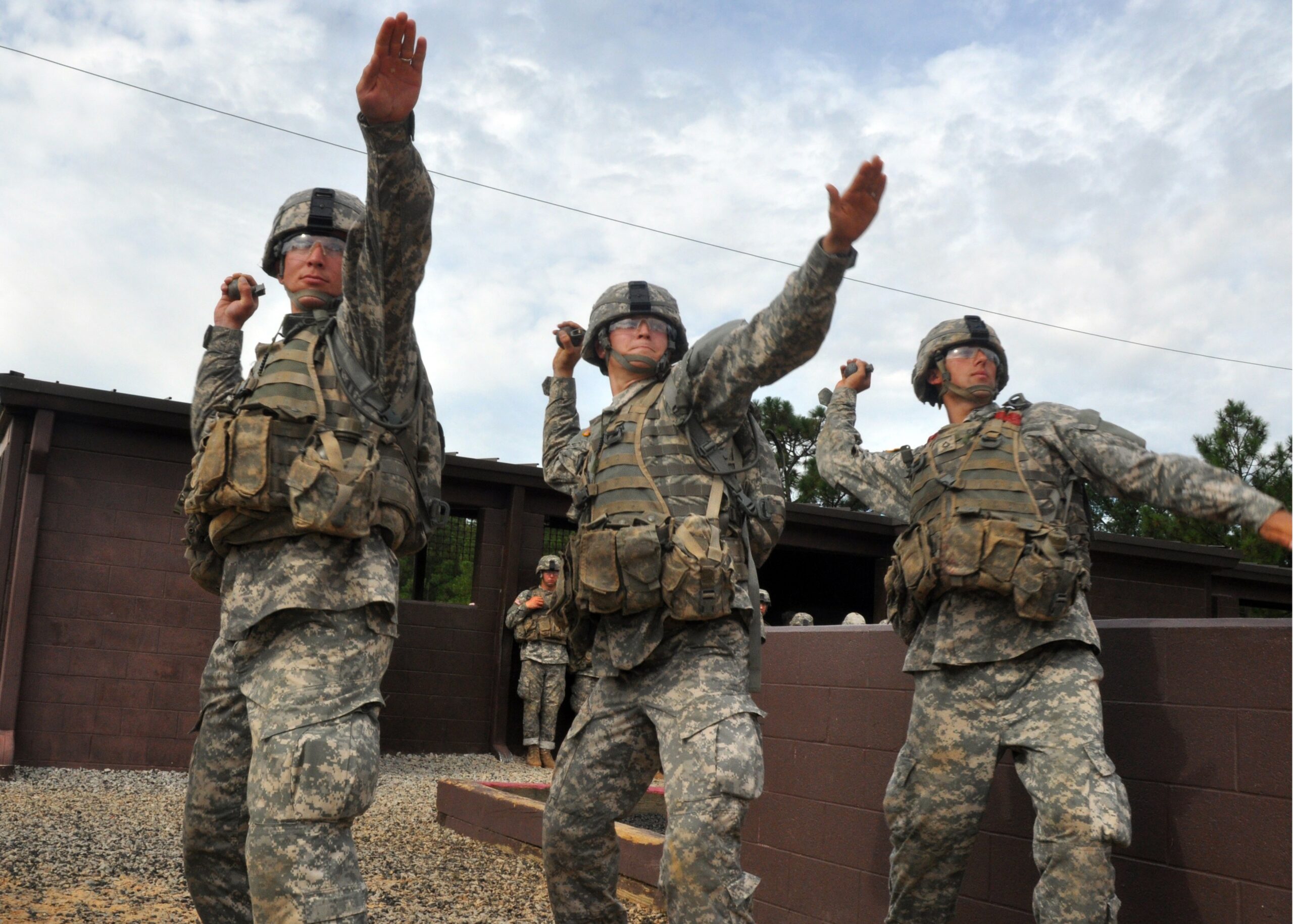
Common Army Acronyms:
AAF: Army Airfield. Located at Army installations all over the world, Army airfields feature runways, aircraft parking areas, and hangars. Army air fields typically house fixed wing aircraft and helicopters.
ACU: Army Combat Uniform. You’ve likely seen this familiar combat uniform featuring a camouflage pattern worn by the United States Army.
AIT: Advanced Individual Training. After Basic Combat Training, your recruit will be off to the next phase of their training where they’ll learn specific skills for their job to help them become experts in their chosen field. AIT is usually at a different location for a set amount of time.
ASVAB: Armed Services Vocational Aptitude Battery. To be considered for Army enlistment, each potential recruit must take this multiple-choice, timed test prior to enlistment. ASVAB helps identify suitable Army jobs. The test is scored and also determines whether an individual can enlist or not.
BCT: Basic Combat Training. It’s also referred to as Basic or Basic Training. It’s the United States Army training for recruits. BCT lasts about 10 weeks and consists of three training phases.
CONUS: Continental United States. Locations within the contiguous forty-eight states and the District of Columbia.
DFAC: Dining Facility. It’s also referred to as a mess hall or cafeteria. Military bases worldwide have DFACs where soldiers go to eat.
DRE: Deployment-ready Exercise. Soldiers perform training throughout their careers. Specific types of training ensures that troops are ready to deploy on a moment’s notice if necessary.
MEPS: Military Entrance Processing Station. This is the start of your recruit’s Army career, where they’ll be processed through an assortment of tests and examinations to ensure they meet the U. S. Army standards.
MI: Military Intelligence. This specialized job focuses on collecting and analyzing information from multiple sources to help others make the best decisions during operational and other mission planning.
MOS: Military Occupational Specialty. These are Army jobs for enlisted soldiers. Each recruit must have a job assignment prior to graduating from Basic Combat Training so they can move on to training in their speciality (AIT).
MP: Military Police. Similar to civilian police, MP’s protect military installations and enforce military regulations and laws. This job requires 20 weeks of training and a secret security clearance from the DOD (Department of Defense.)
MWR: Morale, Welfare and Recreation. Offer services and recreational activities at most bases for service members and their families. For example, in South Korea’s Camp Humphreys, the MWR offers paid and free events like ski trips, movie night, entertainment and much more!
OCONUS: Outside Continental United States. Refers to locations outside of the contiguous United States, including Hawaii, Alaska, and Guam.
OCS: Officer Candidate School. This 12-week course at Fort Benning, GA, trains and evaluates potential commissioned officers of the U.S. Army. Commissioned officers are leaders for Enlisted Soldiers.
OPSEC: Operational Security. Is a set of best practices and rules to keep service members safe, protect critical information, and ensure that military operations stay secret.
OSUT: One Station Unit Training. For certain jobs, some recruits do their Basic Combat Training and Advanced Individual Training in one location and stay with the same Army unit for the duration.
PCS: Permanent change of station. You’ll hear this a lot over the course of your soldier’s career. It’s when active-duty service members (including families) relocate to another duty station. They usually PCS every 2 or 3 years.
PT: Physical Training. This is a favorite among soldiers! The Army has fitness standards and there’s plenty of early morning training throughout an Army career to make sure those standards are met!
PX: Post Exchange. Military installations have stores that sell services and merchandise to military personnel. Some authorized civilians can also shop there. A military ID is required to make a purchase at the PX.
WO: Warrant Officer. Specializing in technical areas, warrant officers focus on jobs like aviation, intelligence, or military police. For those interested, they must be selected and attend Warrant Officer Candidate School (WOCS) at Fort Rucker, Alabama (the home of Army Aviation.)
Now that you know a few Army acronyms, practice your new language the next time you talk with your Soldier! They’ll be pleasantly surprised.
Feature Image: Pfc. Gavin Asbury poses with his mother after graduating Ranger School. Asbury is one of the Virginia National Guard’s newest Rangers. (U.S. Army Photo)
